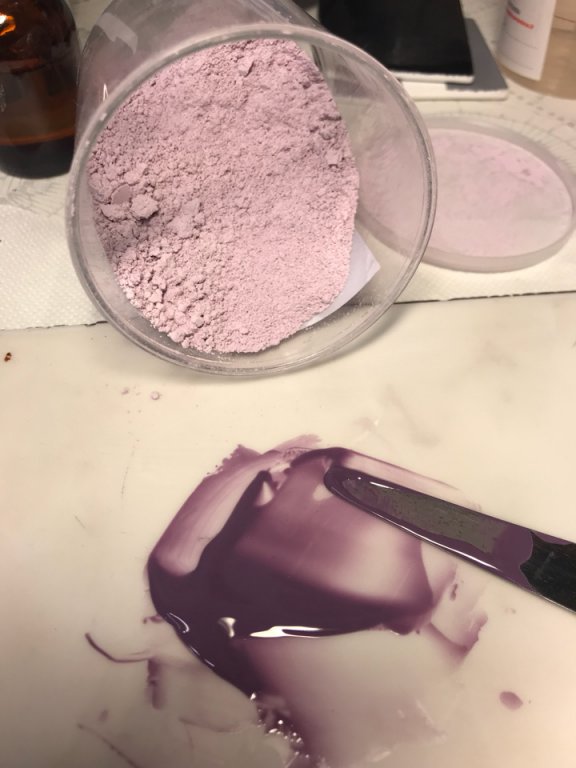The Third Fire

It is called third fire because the piece goes through three firings.
The first (called biscuit) is used to transform the piece from raw clay to baked clay, the second (called glazing) is used to glaze the surface of the glazed terracotta which can be white or colored and the third to decorate.
The colors used are essentially metal oxides with the addition of flux.
They come in powder or liquid form.
Those in powder are mixed with resins or oily liquids mostly obtained from the distillation of vegetables while the liquid ones are ready to use.
Once the colors have been applied, the piece is subjected to one or more firings with temperatures between 780 ° and 800 ° C.
Furthermore, in the third firing, colored or metallic lustres such as shiny gold (brilliant), pure gold (opaque), platinum and bronze can be used and fired at slightly lower temperatures, around 750 ° C.
The lustres are in a liquid state and when they are applied they are brown in color and difficult to distinguish from each other but, once cooked, they release all their reflections.

